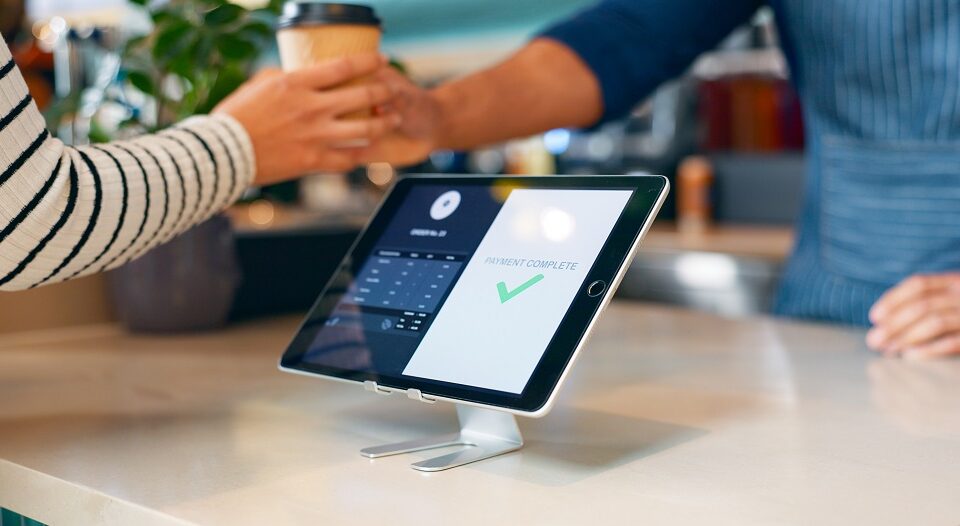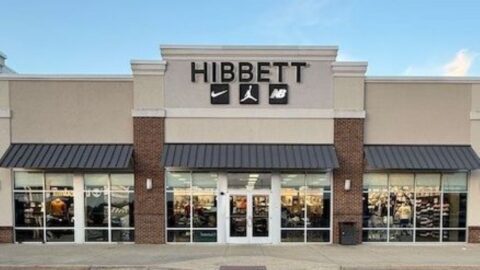The point-of-sale (POS) system has always been the one truly indispensable technology for any merchant, large or small. The centrality of the POS has led both retailers and solution providers to integrate it with other fundamental operational systems, from inventory and order management to customer relationship management (CRM) and, of course, payments.
As if this workhorse of retail didn’t have enough to manage, today’s increasingly complex landscape has added other “responsibilities” to the POS. “Today’s POS systems have expanded beyond their traditional roles. They’re not just about ringing up transactions; they’re integral in informing actionable insights,” said Benjamin Bond, Principal at Kearney in an interview with Retail TouchPoints. “Many systems can now identify sales trends, understand customer behavior and gauge employee performance. Integration with CRM is an important unlock, enabling businesses to drive relevance in engagement.”
Some of today’s key trends in POS systems include:
- Retailers using the POS as an important node for gathering customer feedback, part of a larger trend of these systems’ new role as customer engagement tools;
- The rise of headless architectures and expanded use of microservices to make POS systems more flexible and customizable, an important benefit in the fast-moving retail space;
- The volume of data moving through a POS system makes them a vital part of data cleanliness and data management, which has only increased in importance with the rise of highly data-dependent forms of AI; and
- While complaints about self-checkout (clunky user interfaces, security concerns) have been growing in volume, the industry is unlikely to move away from technology that provides cost-effective efficiency at a time when labor remains tight.
The POS Becomes a Customer Engagement Hub
Retailers are taking advantage of the fact that everyone (except browsers and shoplifters) must interact with a POS system at some point during their shopper journey. These systems’ ubiquity makes them a strong platform for enhancing and personalizing customer interactions.
“POS systems are now at the forefront of customer engagement,” said Bond. “Features like AI-powered recommendations and dynamic pricing are personalizing shopping experiences. POS systems also are embracing gamification and more sophisticated loyalty programs, offering rewards and experiences tailored to customer preferences. The integration of real-time customer feedback mechanisms and predictive analytics tools are other exciting developments, allowing businesses to proactively adapt to customer needs and trends.”
Retailers don’t have to dive headlong into customer engagement via the POS; they can start fairly small and simple. “Retailers are looking for more feedback at the POS itself and via the PIN pad,” said Jerry Sheldon, VP of Technology at IHL Group in an interview with Retail TouchPoints. “Simply asking ‘How was your shopping experience today?’ can open the door to some real-time customer analytics.”
Headless Architecture Supports POS’ Multiple ‘Personalities’
Retailers are always seeking the perfect balance between flexibility and simplicity in their POS systems. Simplicity (and often cost savings) are supported by standardized systems that do just about everything the retailer needs virtually out of the box. Among other benefits, these types of solutions simplify employee training and make it easier to move associates to different locations as scheduling needs demand.
But retailers’ needs can change, sometimes quite quickly, as they did during COVID-19 when many merchants began scheduling specific shopping appointments with customers, both virtually and in person. While businesses like salons likely already had scheduling systems integrated into their operations, others needed to deploy them quickly — and they found that the POS was a logical place to work from.
“One of the biggest trends of the last three years or so has been the growth of microservices to support a single transaction engine, one that supports the [store] POS, mobile POS, the website and even transactional kiosks,” said Sheldon. “Part and parcel of that is headless architecture. Large retailers in particular are interested in having a single uniform user interface. They can use code from the vendor to do all the operational, ‘under the covers’ heavy lifting, but the retailer can customize the user interface based on whether the device is a traditional fixed POS or a kiosk.”
Operating off of this kind of single code base allows retailers to add new functionalities, such as curbside pickup or a line-busting mobile POS application, without requiring “a massive training effort for new employees,” said Sheldon. It’s also a useful architecture for adding CRM capabilities, for example “ensuring you can align a single view of the customer across multiple channels, and extending that into clienteling,” he added.
Additionally, inventory visibility across multiple fulfillment nodes and the need to accommodate the growing array of payment options is putting a premium on flexibility. “Bitcoin was the rage, and now it isn’t,” noted Sheldon. “There’s also BNPL and digital wallets from Samsung, Google, Apple, etc.”
Another way to describe this balancing of simplicity and flexibility is “cloud-based customization,” Sheldon noted. “It’s an old thing that’s become new again. Retailers had loved on-premise software because they could customize it, but then everyone went onto the cloud. However, they still had unique capabilities, features and functions that needed to be supported. With low-code, no-code and user-defined exits to custom code, there can be some levels of customization that somewhat hearken back to fully customizable on-premise software.”
New POS Role: Ensuring Data is Squeaky-Clean to Support AI
Artificial intelligence (AI), particularly generative AI, has been one of the hottest topics in retail for over a year, and there are some surprising connections between AI’s rise and the role of the retail POS.
“Generally speaking, 80% of all transactions run through a POS, so it’s a tremendous conduit to either collect clean data, cleanse data — or muck it up entirely,” said Sheldon. “If you don’t have clean data, AI is absolutely useless; you can’t get ROI unless you have clean data, and many retailers are in a really bad spot with their data [hygiene].”
Smaller retailers may have an advantage in this area, particularly if they use “a single package for a broad array of features and functionalities, like CRM, labor, ecommerce, payments, POS and mobile POS,” Sheldon noted. “They’ll have a single version of the truth and clean data.”
Sheldon warned that greater use of AI within a POS system has increased data security hazards. “For all the great things AI will do, it will increase security concerns in a manner that we haven’t even wrapped our heads around,” he said, noting that many cybercriminals use the POS as a point of entry vector.
“Security is a really big concern, because transactional data, credit card data and PII [personal identifiable information about customers] is collected, housed and transferred,” by a retailer’s POS system, Sheldon noted.
Self-Checkout is Here to Stay
Mainstream media reports of consumers complaining about the slow speeds and impersonality of self-checkout were a mini-trend over the past several months, encouraging retailers including Costco, Wegmans and Walmart to reconsider their self-checkout policies. But POS experts are still bullish on the technology.
“Self-checkout is a fantastic approach to address labor issues, and that’s reflected in the fact that the growth rate for shipments and the installed base of self-checkout systems is significantly higher than [the rate for] traditional POS, although it’s about on par with mobile POS,” said Sheldon. “You have a few retailers that have had bad experiences, and that’s made it into the national press.”
Kearney’s Bond agreed: “While there is some resistance to self-service POS, the efficiency and cost-effectiveness can’t be overlooked,” he said. “The future likely holds a hybrid model where self-service POS coexists with traditional systems. Near-term advancements will address current limitations, enhancing customer experience and retailer security.”













